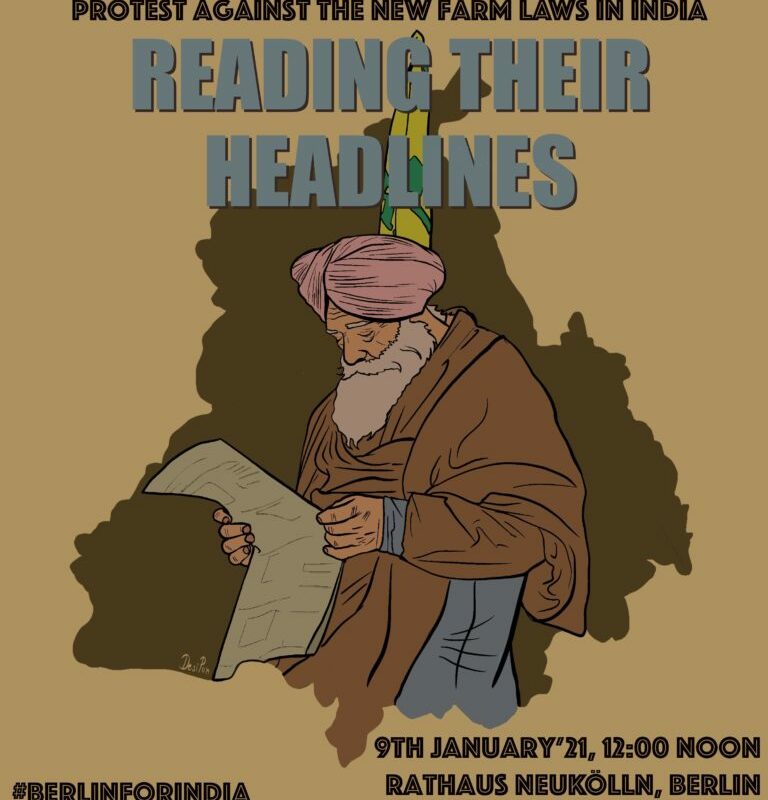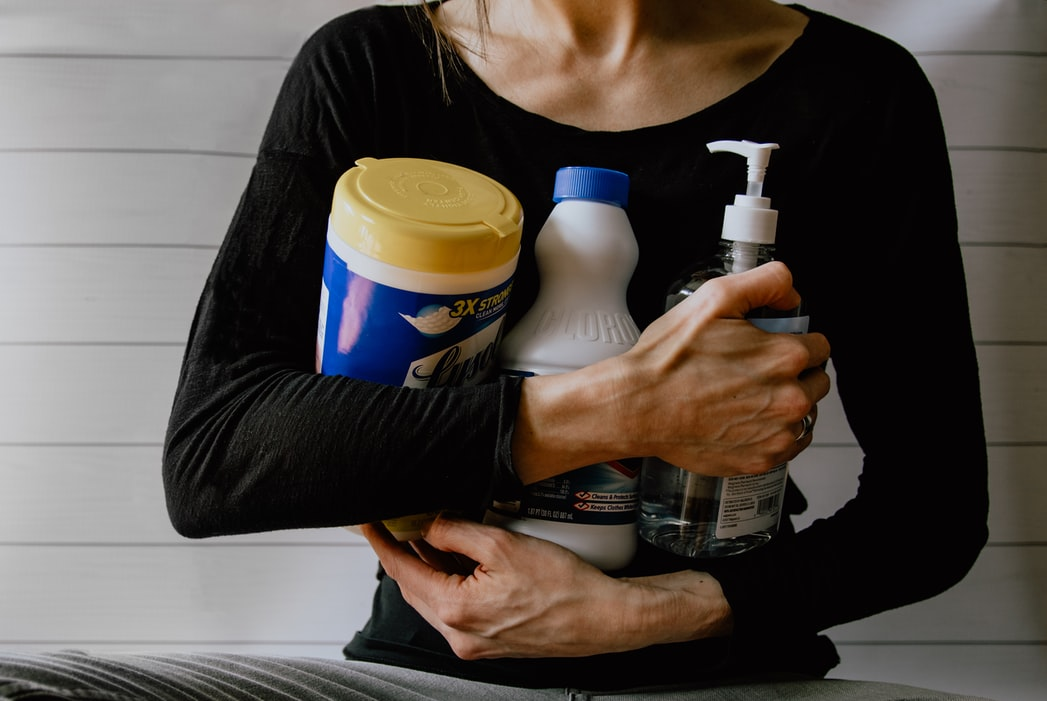Donald Trump at “Save America” rally, January 6th 2021
As you probably know by now, a large group of militant Trump supporters and Qanon enthusiasts stalked Capitol Hill January 6th following a pre-announced Trump rally calling for election results to be overturned. Following the speech, the MAGA insurrectionists then occupied Congress, doing various activities. These included livestreaming from the office of the Speaker of the House, wrecking government property, smoking weed and fighting with police with lead pipes and pepper spray – one was bludgeoned by rioters and died in the hospital. Some brought zip-tie handcuffs and pepper spray, others erected a gallows. Protesters wandered the Capitol chanting “Hang Mike Pence!” One woman died after being shot by police, three others died from medical problems. By evening, police forces had regained control of the building and Congress reconvened to confirm the outcome of the election.
Those are the basics. There is still a huge amount of information we do not know, but I want to zero in on the three things that stuck out to me on the day of as especially odd, in a day of considerable weirdness. These are the questions I will be following up on and I think they are, as self-help guru Maria Forleo says, “figureoutable”.
What was going on with the police?

The world watched in disbelief January 6th as largely unarmed protesters overtook one of the most important (and heavily guarded) buildings in the country with seemingly little resistance from law enforcement. The number one question that must be answered is why security forces were so ill-prepared for an event that was announced as a violent revolution weeks in advance on both the anonymous web as well as openly on facebook and twitter. There are some things we know and a few we don’t.
The first thing to know is that Washington, DC is not a state. It is a federal district, with no senators but with a Mayor (Muriel Bowser) whose power is unusually limited because of the city’s special status. For instance, she cannot call on District of Columbia National Guard troops without executive branch approval, an issue that became highly relevent yesterday.
The Mayor has even less authority over the Capitol Complex containing the White House, Congress and other federal buildings. This is a special federal zone with its own police force, the U.S. Capitol Police, which has exclusive jurisdiction over the area and operates totally separately from the DC Police (The Metropolitan Police Department or MPD). Both rally and insurrection both took place on Capitol Police territory, and the Capitol Police reportedly did not ask for backup, from Mayor Bowser and the MPD until the Capitol building had already been breached.
According to anonymous sources, the U.S. Capitol Police deliberately pre-planned a small presence for the day of Trump’s rally in order to avoid the criticism they faced over the summer for their reactions to BLM protests. But its plainly ludicrous to think the police were worried about criticism from anti-racists given their tactics in the last years, and moreover that their response to that worry would be to allow racist protesters to flood the Capitol waving confederate flags. The Department of Defense (a part of the Executive branch under President Trump) also declined to offer federal protection for DC, according to officials, “to avoid the optics of having any U.S. military personnel on the steps of the U.S. Capitol.”
It’s safe to venture that the “optics” ended up slightly worse without them.
Thus, we see that there were security complications in advance of the 6th, mainly related to two issues:
- The overlapping complexities of law enforcement in the District of Colombia related to its non-state status
- The fact that the president was the only person who could protect the district from the actions of his own supporters.
We would not expect both of these issues to typically overlap. It’s hard to think of a time when the Capitol Police would be tasked with protecting presidential supporters at his rally in the morning and then protecting DC from the exact same people in the afternoon.
But even taking into consideration the possibility that some failures were caused by the unusual and awkward situation, images and video have emerged documenting the actions of the police. These raise serious questions. While in some cases videos show protesters violently breaching barricades, in others the police appear to open gates to allow them through. A video from Insider shows protesters flooding as police stand aside, but tell a member of the press that she’s not allowed in.

Other documentation, like above from Timothy Burke, shows officers taking selfies with rioters after having entered the congressional building. On exiting the Capitol, one of the rioters told CNN that cops had wished him a good night on his way out, adding, “you could see some of them were on our side.”
And although Bowser instituted a district-wide curfew for 6pm, footage from multiple news stations showed protesters milling around unperturbed on Capitol Hill well into the evening, as police stood by watching. At a press conference today with Bowser, it was announced that a total of 13 arrests had been made for unlawful entry into the Capitol- not one of which was made prior to 6pm, well after all rioters had left the building.
There is clearly something strange going on with the actions of at least some of the Capitol Police, and an investigation is imminent, despite the resignation of the Chief. We have already learned that multiple rioters were former or current military or police, including one current police chief. But we don’t know whether the people guarding the Capitol against the rioters in some cases had right-wing ties. Given what we know about right-wing infiltration of law enforcement, and what we saw unfolding yesterday before our eyes, we must unfortunately ask the same question haunting police forces in other countries threatened by the far-right – was yesterday’s failure gross negligence or in some cases, complicity?
Why did Trump record his “we love you” video on the lawn?
The second thing I would like to figure out is why the president recorded a video on the lawn of the White House and posted it to twitter.
Immediately following a press conference by Joe Biden in which he called on the president to go on national TV and denounce the violence unfolding at the Capitol, Trump released a short pre-recorded video on twitter (it has since been removed from twitter and facebook but is, for now, still on Youtube.)
Obviously, this is a deeply weird video. The president reassures protesters that their grievances are valid, saying “there’s never been a thing like this, where they could take it away from all of us, from me, from you, from our country”, telling them, “we love you, you’re very special,” (words Don Jr. has been waiting to hear his whole life).
But the bizarreness of this now-banned video is compounded by the circumstances. As President, obviously, Trump would be entitled to call a press conference to address events of national significance. He could have broken into coverage on every primetime network with a presidential adresss from the Oval Office. He could have at least arranged a podium or something. Instead, we get this strange informal video, like a former Bachelor contestant announcing her divorce on Instagram stories.
It may seem like a small detail from the day’s events, but it speaks to the chaotic atmosphere in the White House that this seemingly spontaneous video was not coordinated by a team; nor was it orchestrated with any of the trappings or visual reminders of presidential power during such an unprecedented day. Did Trump even tell the White House press team of his intentions or did he just grab an intern and head out to the lawn before pressing send? Was there even anyone else around to try to dissuade him?
The next day we saw him issue a video of a completely different tone, in which condemned the violence while reading from a teleprompter at a podium surrounded by flags. Very shortly thereafter, he once again tweeted incendiary comments to his supporters that led him to be permanently banned by twitter.
Whether – and at what points – Trump has anyone left to restrain his worst impulses is important, given his proven power to rouse a segment of his base to violent extremism. Finding out the situation surrounding the decision to post these video should offer some insight into just what is going on in the White House.
Why did Pence have the authority to call on the national guard?
As events unfolded on the 6th and images of MAGA insurrectionists in fur frolicking through the Capitol were freaking out the world, the lack of support by the National Guard became increasingly questionable. Eventually they were approved, not by the commander-in-chief, but by Vice President Pence. CNN reported that Trump hadn’t even been in contact with the loyalist Defense Secretary he installed less than a month ago:
As the chaos unfolded, doubts were raised about whether Trump would order the DC National Guard to respond due to the slowness of the response. Public statements by acting Defense Secretary Christopher Miller and other top officials suggested it was Pence who ultimately approved the decision. Miller’s statement Wednesday seems to indicate he did not even speak with Trump, discussing the matter with his deputy instead.
The fact that various government officials apparently decided ad hoc to just skip over the chain of command in order to rally federal backup for Capitol Police raises additional questions about what was going on behind the scenes that day with Trump. Was there a conflict, with Trump denying federal troops a chance to intervene? Or was he just unreachable and raving? If there were to be (another) national security threat, who would be making decisions right now – Trump or Pence? And if Pence is acting commander-in-chief because of something going on with Trump, why isn’t anyone saying so?
It seems in all likelihood that officials fudged their chain-of-command obligations out of frustration and disgust with the President, who not only failed to act but appeared to encourage his “very special” protesters – which is understandable. But if key government officials no longer consider the president worth consulting as commander-in-chief, it seems like something the rest of us should know, as Congress mulls impeaching or removing the president under the 25th amendment. As it stands, we’ve heard nothing from the White House in several days.
At this point, although it’s a relief to not see the President tweeting out praise to an insurrectionist mob, the silence is also unsettling.
This is an updated excerpt from Tina’s occasional free newsletter on the far-right, Opportunists, Charlatans, and…. To sign up, visit tina.substack.com.







